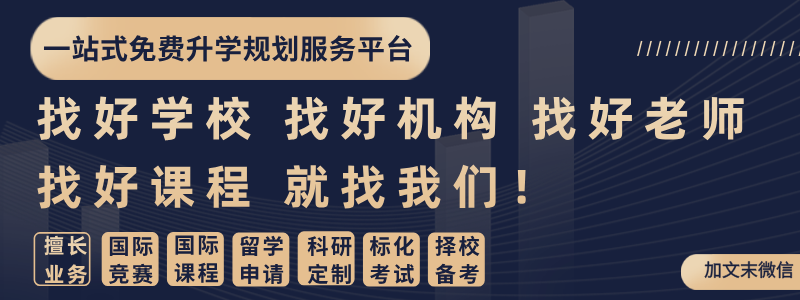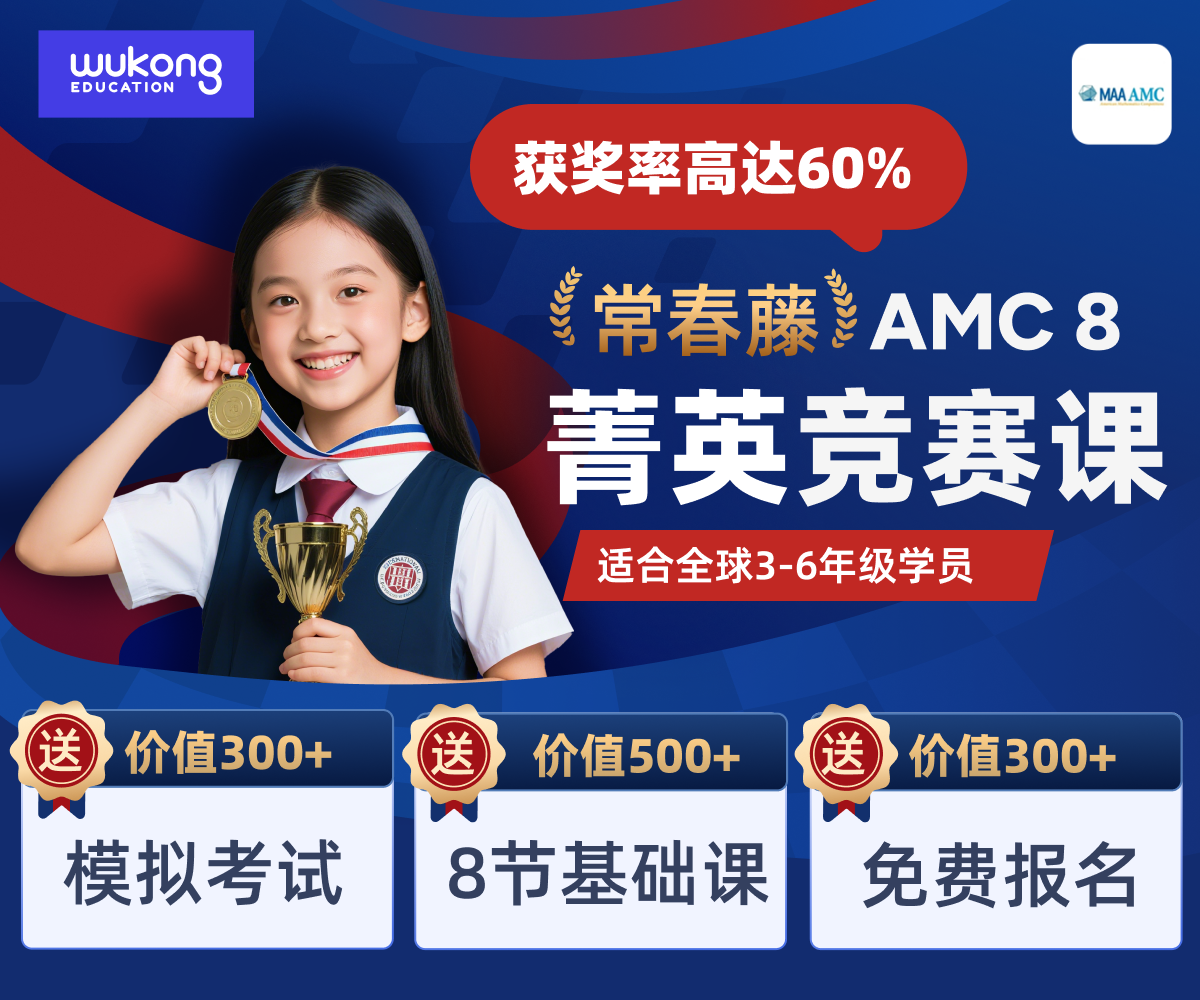2024 WSDA秋季赛即将打响,大家的备赛氛围也日渐浓厚。上周六,老师携手WSDA学术总监、资深PF教练Cale,为大家带来了干货满满的秋季赛公共论坛式辩论辩题解析线上讲座。通过这短短一小时的超高效高密度知识输入,不知大家是否又对秋季赛的PF辩题有了更清晰的认知呢?
为了帮大家进一步巩固秋季赛PF辩题的相关知识,查漏补缺,做最后的备赛冲刺,本期“WSDA裁判说”,老师为大家邀请到了曾WSDA积分榜全国第三名、屡战屡胜的PF冠军Elaine,再为大家的秋季赛公共论坛式辩论之旅热热身!
Elaine Sun
- 曾WSDA积分榜全国第三名
- 2019 NSDA全美总决赛PF国际组亚军
- 2019 WSDA全国总决赛PF高中组季军
- 2019 WSDA冬季冠军赛PF高中组季军
- 2019 WSDA北京区域赛PF高中公开组冠军
- 2019 WSDA上海区域赛PF高中公开组冠军
- 2019 WSDA杭州区域赛PF高中公开组冠军
- 2019 WSDA苏州区域赛PF高中公开组冠军
- 2019 WSDA南京区域赛PF高中公开组冠军
Resolved: "The benefits of the use of generative artificial intelligence in education outweigh the harms.”
在教育中使用生成式人工智能的利大于弊。
01DefinitionGenerative Artificial Intelligence
- Types and functions:GenAI tools, such as ChatGPT, Google Bard, Bing, DALL-E, Midjourney, Canva, and Microsoft Designer. Education-specific GenAI tools like TeachMateAI, Ask Arbor, and Memrise
- Mechanics:i.e. database and algorithm that constitutes falsified information/bias, be careful of accuracy arguments
- Strength and weaknesses:Weak on Math and strong on essay?
Use
- Non-restricted use? Access to every single function of GenAI in education?
- Use with caution and restriction? Used only for grammar check and writing style or idea generation but not for writing the whole paragraph?
Education
- Who are the stakeholders? Where does education happen?
- Does education refer to school, what type of school, primary/middle/high/college, if it doesn’t refer to school, does learning a skill count as education? Does non-standardized tests or informal education count as education?
- Are teachers using GenAI as a tool to create exam questions/assist their teaching material or does the debate refer to students using GenAI, and in which context? Is it in an exam/assessment? Is it in everyday classrooms? Is it in lectures? Is it in brainstorming sessions?
The reason I posed several questions instead of providing a direct answer is due to the common tendency among debaters to misuse definitions and take things for granted. Debaters can easily lose sight of other potential arguments and angles of the debate, which then quickly spirals into forming a very narrowly-defined debate and recycling the same old arguments. This approach is neither educational nor engaging for either team. Smart debaters, however, leverage these concepts to craft a unique constructive case and a framework that supports their positioning.
02Framework
Although the phrase ‘benefit outweighs harm’ typically alludes to a cost-benefit analysis framework, I would still recommend you to set up your own weighing mechanism. Restricting the scope of debate and pointing out the core value that you stand for is key. Because at the end of a round, are you rooting for “pro - students’ learning outcome will be enhanced by AI as they provide inspiring answers”, “pro - enhance teachers’ efficiency and productivity”, “con - ethics of AI, the biases and misleading content”, or “con - offers a shortcut for students”? When pitting these values against each other, which is more important? What impact is the one thing for judges to vote on? Is it ethics, bias, accuracy, or convenience?
03Pro Arguments01Academic Ableism
For students who have special educational needs and disabilities (SEND), GenAI helps to provide tailored adaptation of learning materials to increase involvement. Currently, over 10% educators are using GenAI to support students with SEND. Educators pointed out how GenAI helped ADHD learners overcome the “starting paralysis” they experienced with some tasks (World Economic Forum, 2023). GenAI enhances accessible design and interfaces through adaptive text, fonts, and colors, benefiting individuals with reading, visual, or cognitive impairments. Such solutions are often applied in contexts involving cognitive impairments, mental health issues, autism, dyslexia, attention deficit disorder, and emotion recognition challenges, which heavily depend on language models and interaction (UK Department of Education, 2024).
Potential Blocks (UK Department of Education, 2024):
- GenAI has the potential to reinforce biases within existing systems and can contribute to manipulative scenarios, leading to cognitive silos and echo chambers.
- Additionally, language-based systems might associate negative connotations with disability-related terms or generate inaccurate outcomes due to public data sets that contain statistical errors or incorrect information.
02Teachers
GenAI helps improve teaching efficiency, and the use among teachers has surged (two out of five). By November 2023, 42% of primary and secondary teachers had incorporated GenAI into their work, up from 17% in April. Educators save time by using GenAI to generate lesson plans, simplify administrative tasks, write communications to parents etc. (UK Department of Education, 2024). There are multiple angles you can play with for this argument, for example, researching and summarizing, transcribing, translating and proofreading materials. This is probably a more bias-free and safe argument to use, or you can talk about the potential AI grading for assessment, though you should be cautious about the criteria and potential argumentative side of this. ChatGPT has the potential to grade student essays, freeing up teachers to concentrate on other teaching responsibilities. In a study by Kim et al. (2019), a generative model like ChatGPT, trained on human-graded essays, achieved a high correlation (0.86) with human grading for high school essays. Similarly, Terwiesch, a professor at Wharton, noted that ChatGPT significantly reduced the time needed to create and test exams, cutting the process in half and demonstrating a 100% increase in productivity in exam preparation (Terwiesch, 2023, p. 23).
If you’d like to create sub-points for these arguments, here are a few ideas to get you started. Educators use (1) language learning apps like Memrise for language learning courses, (2) Google Bard to design self-marking math quizzes, (3) interactive historical figures for humanities and social science subjects, (4) Canva, Midjourney and Padlet for creative artwork.
04Con Arguments01Misuse and DependencyMisuse and dependency
GenAI’s ability to provide quick and easy access to the ‘tailor-made’ answers yield a dangerously attractive option for students to fall back on. Students do not need to independently think, do research or synthesize information like they used to. By relieving students’ workload, GenAI helps students skip the critical thinking process and may result in students failing to think on their own in the long term. Why would you memorize the dictionary when you have google translate, for instance. For students who already are not proficient writers, they know that their writings are incompatible to that of a perfectly designed AI tool, and to get a higher score, or finish their assignment, they would rely on AI tools as well. How can a school set up a proper standard for students to see AI as an assistance rather than a replacement of their individual thinking is also a burning question.
02Educational Inequality
How to integrate AI into the teaching-learning process is tough because ultimately, the divide will be between those who possess the skills to utilize and leverage AI and those who either choose not to or are unable to due to lack of access (Dr. García Peñalvo, 2024). That's where the educational gap is. Consider the schools/students who have access to the internet, individual devices, or even the ability to afford the subscriptions of ChatGPT, Midjourney etc. would create a gap among students in their educational outcomes, needless to say the differences between income classes and countries when this is widely adopted. The availability of digital infrastructure, such as laptops and Wi-Fi, required to access GenAI perpetrates the inequality. Additionally, EdTech and GenAI tools often come with costs, either through paid or “freemium” models. Some educators observed noticeable quality differences between the free and paid versions. While tools may be offered for free initially or during a pilot phase, companies might charge for them later. Limited knowledge of how to use GenAI, along with inadequate digital skills and infrastructure, are hindering its wider adoption among teachers (UK Department of Education, 2024).
03Accuracy
Generative models are heavily influenced by the data they are trained on, meaning any biases in that data will be reflected in the model's output. For instance, a model trained predominantly on essays from one demographic may struggle to grade those from others fairly. Generative models often lack contextual understanding, leading to irrelevant or inappropriate responses. Studies, such as one by Gao et al. (2019), highlight another limitation, showing that these models can generate incorrect answers or fabricate information, as demonstrated when ChatGPT invented a non-existent article with false bibliographic details (Qadir, 2022). If you are planning to use the accuracy percentage of ChatGPT, there would be plenty of evidence out there, but Pro may argue that generative AI is in its early stage and with its rapidly improving model, it would fix this issue in no time. Con is obviously stronger in this respect, but Pro can try to prove that the accuracy rate has been increasing over the past few months to show the tendency.
05Final Thoughts
My assumption is that the debate will likely turn into a PRO: teacher using ChatGPT vs CON: student using ChatGPT. The reason for that is:
(1) ChatGPT is so widely referred to in the generative AI scope of discussion that the other technology tools would likely subside, so potentially you can think about other tools than GPT that have ‘unique contribution’ to educational contexts. When weighed against the other arguments that you may be losing to your opponents in a round, this trick will help you when setting the framework;
(2)It is so easy to play the card of academic reliance and misuse GPT, damaging student’s learning opportunity etc. on the con side and these arguments all sound legitimate. So, if you are the pro side, think about the target population that GPT is helping, like what I pointed out here, disabled students, try to find more vulnerable groups who would be better off solely because of this new technology. Although pro side is harder to defend, I trust that there will be many interesting angles and new discoveries that you can make a strong argument on.
The topic itself, unlike the previous resolutions, would be quite limiting in terms of the areas of discussion and potential impacts. What I mean is that instead of ‘human extinction’, ‘eliminate poverty’, ‘create jobs’, ‘save lives’ and similar arguments that have a huge impact in scale, you will be discussing very specific and nuanced issues within the realm of ‘education’, and mostly forward looking. This is quite challenging but also a great opportunity for you to learn how to play the cards you’re dealt. The best debates happen when both sides have limited information to argue but use their impeccable logic and rock-solid evidence to win the round. Hope you will enjoy this topic, and most importantly, have fun!
Reference List
Baidoo-Anu, D., & Owusu Ansah, L. (2023).Education in the Era of Generative Artificial Intelligence (AI): Understanding the Potential Benefits of ChatGPT in Promoting Teaching and Learning. Journal of AI, 7(1), 52-62.
García, D. (2024, January 24).Benefits and risks of generative Artificial Intelligence in classrooms. Tecnológico de Monterrey. Retrieved August 18, 2024, fromhttps://conecta.tec.mx/en/news/national/education/benefits-and-risks-generative-artificial-intelligence-classrooms
Kim, S., Park, J., & Lee, H. (2019). Automated essay scoring using a deep learning model. Journal of Educational Technology Development and Exchange, 2(1), 1-17.
Qadir, Junaid (2022): Engineering Education in the Era of ChatGPT: Promise and Pitfalls of Generative AI for Education. TechRxiv. Preprint. https://doi.org/10.36227/techrxiv.21789434.v1.
The Educator. (2023, August 8).Generative AI in schools: Benefits and concerns. The Educator K/12. Retrieved August 18, 2024, fromhttps://www.theeducatoronline.com/k12/news/generative-ai-in-schools-benefits-and-concerns/283004
Terwiesch, C. (2023). Would Chat GPT3 get a Wharton MBA? A prediction based on its performance in the operations management course. Mack Institute for Innovation Management at the Wharton School: University of Pennsylvania.
UK Department for Education. (2024, August).GenAI in education: Educator and expert views report. UK Government. Retrieved August 18, 2024, fromhttps://assets.publishing.service.gov.uk/media/65b8cd41b5cb6e000d8bb74e/DfE_GenAI_in_education_-_Educator_and_expert_views_report.pdf
Welker, Y. (2023, November 3).Generative AI holds great potential for those with disabilities - but it needs policy to shape it. World Economic Forum. Retrieved August 18, 2024, fromhttps://www.weforum.org/agenda/2023/11/generative-ai-holds-potential-disabilities/
先后看完资深教练Cale和顶级辩手Elaine
对本次秋季赛公共论坛式辩论辩题的深入解读,屏幕前的各位辩手们是否感觉醍醐灌顶呢?那就快快将学到的知识投入实践运用之中吧!
2024-25 WSDA秋季赛将于10月19日-10月20日火热打响!十月场线上活动的报名将于10月7日截止!
名额有限,快快报名,我们在WSDA秋季赛的舞台等你!












